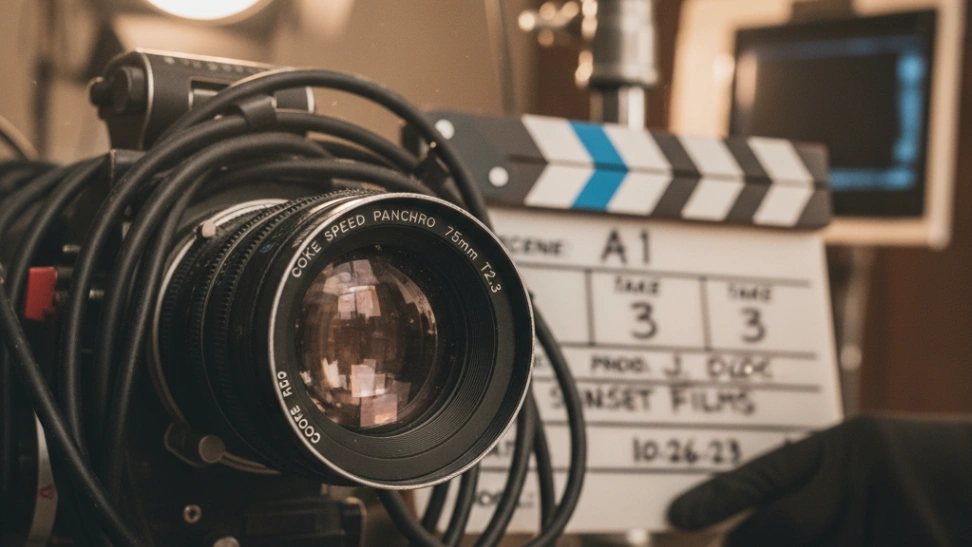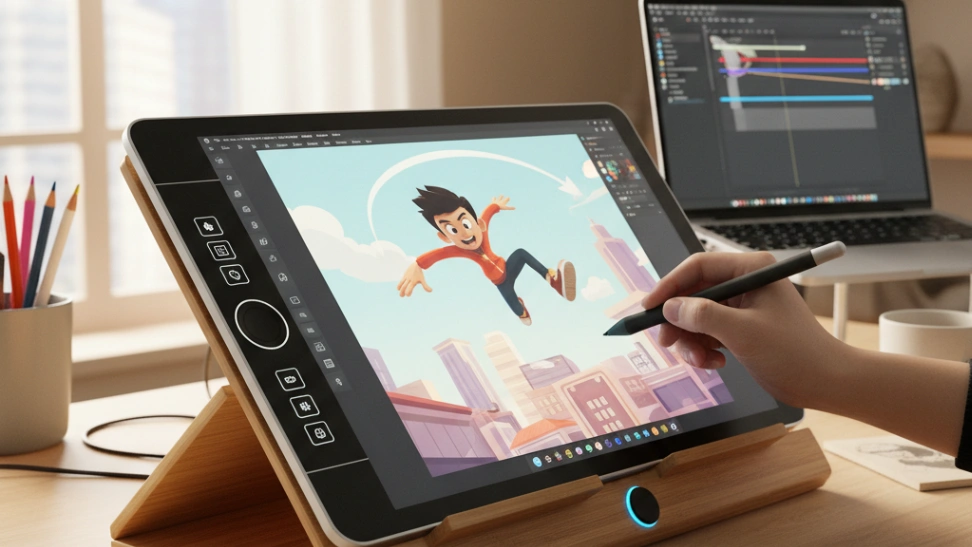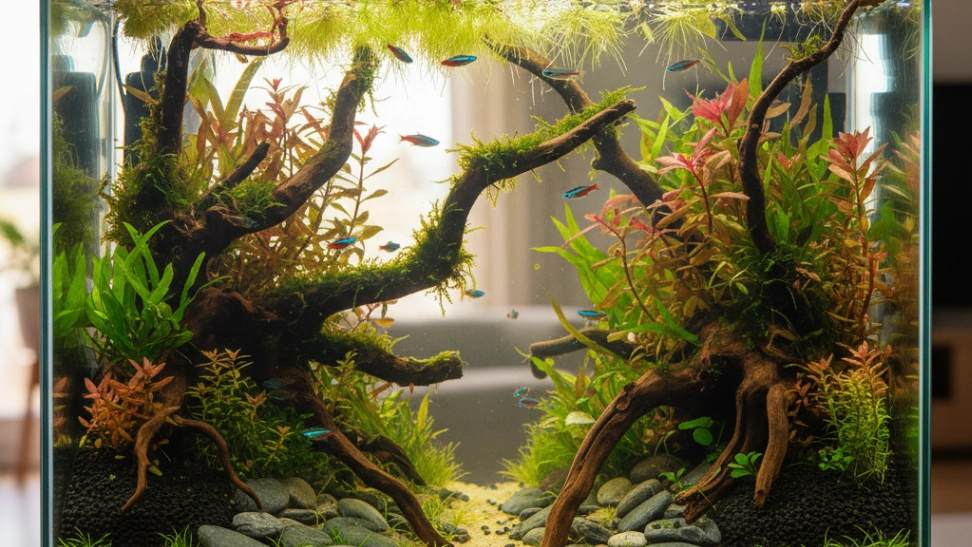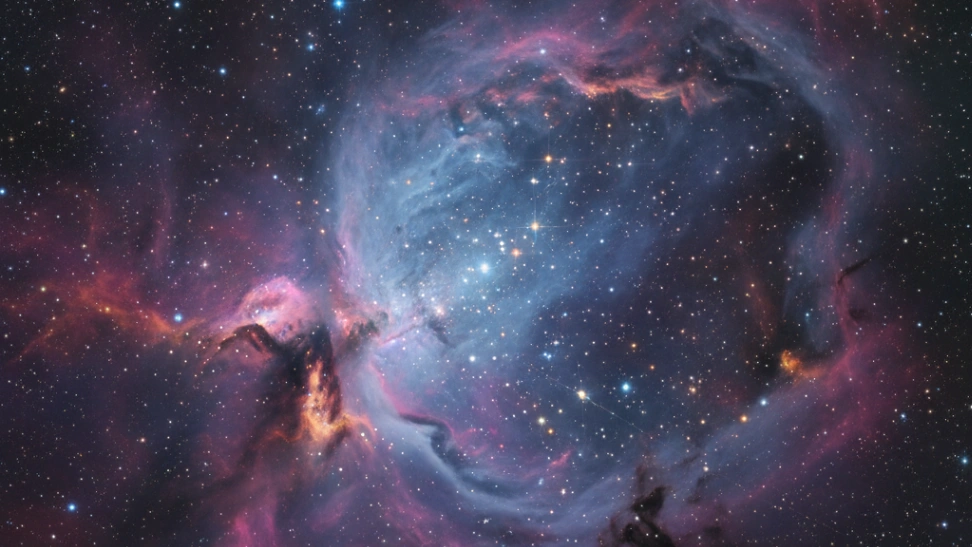The origins of filmmaking date back to the late 19th century with pioneers like Thomas Edison and the Lumière brothers, who developed early cameras and projection systems. Edison's Kinetoscope allowed individual viewing of moving images, while the Lumières' Cinématographe, capable of both recording and projecting, held the first public screening in 1895, marking the birth of cinema as a public spectacle. Early films were simple, often documentary-style recordings of everyday life or staged events, but quickly evolved with narrative experiments from Georges Méliès, who introduced special effects and elaborate storytelling. The 20th century saw rapid advancements in technology, leading to the silent film era, followed by the advent of synchronized sound in the late 1920s with films like "The Jazz Singer." This sound revolution transformed cinema, adding a powerful new dimension to storytelling. The subsequent decades brought color film, widescreen formats, and increasingly sophisticated visual and audio techniques, pushing the boundaries of what was possible on screen. The Golden Age of Hollywood, international art house movements, and the rise of independent cinema each contributed to the rich tapestry of film history, demonstrating the medium's capacity for both mass entertainment and profound artistic expression. The evolution continued with the transition from celluloid to digital filmmaking in the late 20th and early 21st centuries, democratizing the art form and making it accessible to a much broader audience. This shift has enabled aspiring filmmakers worldwide to produce high-quality content with more affordable equipment and software, fostering a vibrant global community of creators. Today, filmmaking continues to innovate, integrating new technologies like virtual reality, augmented reality, and advanced AI-driven tools, promising an exciting future for visual storytelling.
The filmmaking process is typically broken down into three main phases: pre-production, production, and post-production. Pre-production is where the magic truly begins on paper, involving everything from developing the initial idea, writing the screenplay, storyboarding, casting actors, scouting locations, securing funding, and meticulously planning every shot and sequence. This foundational stage is critical for laying a solid groundwork, minimizing costly errors during the actual shoot, and ensuring a cohesive vision. A well-executed pre-production phase often dictates the success and efficiency of the subsequent stages. It requires extensive organization, creative brainstorming, and collaborative efforts from a diverse team, including writers, producers, directors, and production designers, all working towards a unified goal. This is also where budgets are set, schedules are created, and all necessary permits and clearances are obtained, ensuring that the production can proceed smoothly and legally.
Production, or principal photography, is when the cameras roll. This phase involves capturing all the necessary footage, often on location or in a studio, following the detailed plans laid out in pre-production. It requires a coordinated effort from the director, cinematographer, camera crew, lighting technicians, sound recordists, actors, and many other departments working in tandem to execute the creative vision. Managing logistics, schedules, and unexpected challenges on set is a demanding but exhilarating part of the process. Capturing compelling performances, striking visuals, and clear audio is paramount, as these raw elements form the building blocks of the final film. Safety protocols, communication, and adaptability are key during this intensive period, as unforeseen circumstances, such as weather changes or equipment malfunctions, can often arise and require quick, creative solutions to keep the production on track and within budget. The atmosphere on a film set is often a blend of intense focus, creative energy, and problem-solving under pressure, making it a unique and dynamic environment.
Finally, post-production brings all the recorded elements together. This phase includes editing the footage into a cohesive narrative, adding visual effects (VFX), creating or integrating sound design and music scores, color grading, and mixing the final audio tracks. The editor plays a crucial role in shaping the film's rhythm, pace, and emotional impact, transforming raw footage into a polished story. Sound designers craft immersive auditory experiences, while visual effects artists enhance or create elements that couldn't be captured physically. Colorists establish the film's visual tone and mood, ensuring consistency and aesthetic appeal. The culmination of these efforts is the final master copy, ready for distribution to audiences through various platforms, whether it be film festivals, streaming services, or theatrical releases. This stage is often where a film truly finds its voice, as creative decisions made in the editing suite can dramatically alter the perception and impact of the original material. The attention to detail in post-production ensures that every frame, every sound, and every visual element contributes effectively to the overall storytelling.



